Lagos-Mombasa Corridor, Nigeria, Kenya
Trans-African Highway 8 Lagos-Mombasa: Nigeria, Cameroon, DR Congo, Uganda, Kenya
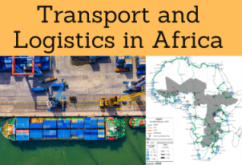
Transport in Africa -
Trans-African Corridors
The Lagos-Mombasa Trans-African Corridor, or Trans-African Highway 8, links:
- West Africa: Nigeria
- Central Africa: Cameroon, the Central African Republic (CAR), and the Democratic Republic of the Congo
- East Africa: Uganda and Kenya
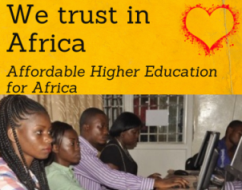
- Introduction to the Lagos-Mombasa Trans-African Corridor (West Africa, Central Africa, East Africa)
- Main features of the Mombasa-Lagos Logistics Corridor
- Access to Nigeria, Cameroon, the Central African Republic, the DR Congo, Uganda, and Kenya
Lagos-Mombasa Trans-African Corridor


The Subject “Lagos-Mombasa African Transport Corridor” is included within the curriculum of the following academic programs at EENI Global Business School:
Road transport, Multimodal Transport.
Masters: Transport in Africa, Business in Africa.

Doctorates: Global Logistics, African Business.

Languages:  or
or  Corridor transafricain Lagos-Mombasa
Corridor transafricain Lagos-Mombasa
 Corredor Lagos-Mombasa
Corredor Lagos-Mombasa  Corredor Lagos-Mombasa.
Corredor Lagos-Mombasa.
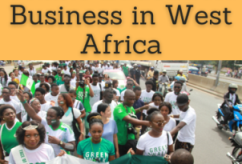
Key features of the Lagos-Mombasa Trans-African corridor:
- Countries of the Lagos-Mombasa Corridor (6,260 kilometers): Nigeria (737 kilometers), Cameroon (1,044 kilometers), the Central African Republic (1.319 kilometers), the DR Congo (1,561 kilometers), Uganda (696 kilometers), and Kenya (902 kilometers)
- Estimated missing links: 2,946 kilometers (mainly in Cameroon, the Central African Republic and Congo)
- Main linked cities by the Lagos-Mombasa Corridor:
- Nigeria: Lagos, Shagamu, Ogun, Ondo SB, Benin, EDO SB, Asabra Onitsha, Ananbra, Enugu, Abakaliki, and Emugo SB
- Cameroon: Ekok, Mamfe, Bamenda, Bafoussam, Tibatim Meidougou, and Garoua Boulai. Access to the Port of Douala
- Central African Republic: Bouar, Baoro, Bossembele, PK 12, Bangui, Damara, Sibut, Bambari, and Bangassou
- The Democratic Republic of the Congo: Bondo, Dulia, Buta, Kisangani, Nia Nia, Komanda, Beni, and Kasindi
- Uganda: Mbarara, Kampala, Mbalala, Jinja, Bugiri, and Malaba
- Kenya: Webuye, Lesseru, Eldoret, Nakuru, Kamandura, Nairobi, Athi River, Machakos, Voi, and Port of Mombasa
- The Lagos-Mombasa Corridor is the main route for the Central African Republic to access to the Port of Douala (Cameroon) (main Import/Export port of the Central African Republic)
- Main religion in the region of the Lagos-Mombasa Trans-African Corridor: Christianity and Islam
- Main languages: French and English
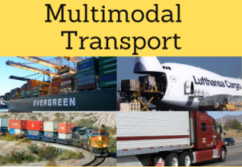
Links to other Trans-African corridors:
- In Nigeria with the Dakar-Lagos and the Algiers-Lagos Logistics Corridor
- In Uganda with the Northern Logistics Corridor
- In Kenya with the Cairo-Gaborone Logistics Corridor
Access to the Asia-Africa Growth Logistics Corridor.
Regional Economic Communities (REC) involved:
- Economic Community of West African States (ECOWAS)
- West African Monetary Zone (WAMZ)
- Central African Economic and Monetary Community (CEMAC)
- Economic Community of Central African States (ECCAS)
- Common Market for Eastern and Southern Africa (COMESA)
- Southern African Development Community (SADC)
- COMESA-EAC-SADC Agreement
- Intergovernmental Authority on Development (IGAD)
- East African Community (EAC)
- Community of Sahel-Saharan States (CEN-SAD)
The Lagos-Mombasa Trans-African Corridor belongs to African Civilization.
(c) EENI Global Business School (1995-2025)
Top of this page






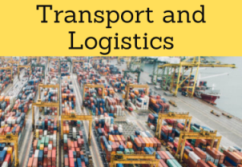


 WhatsApp
WhatsApp